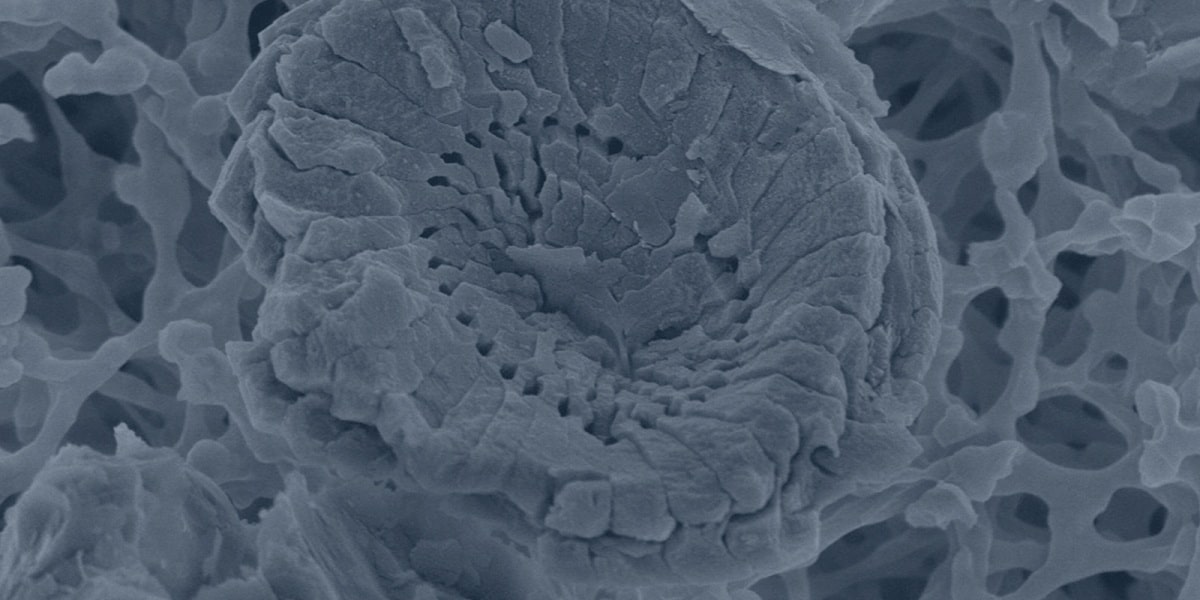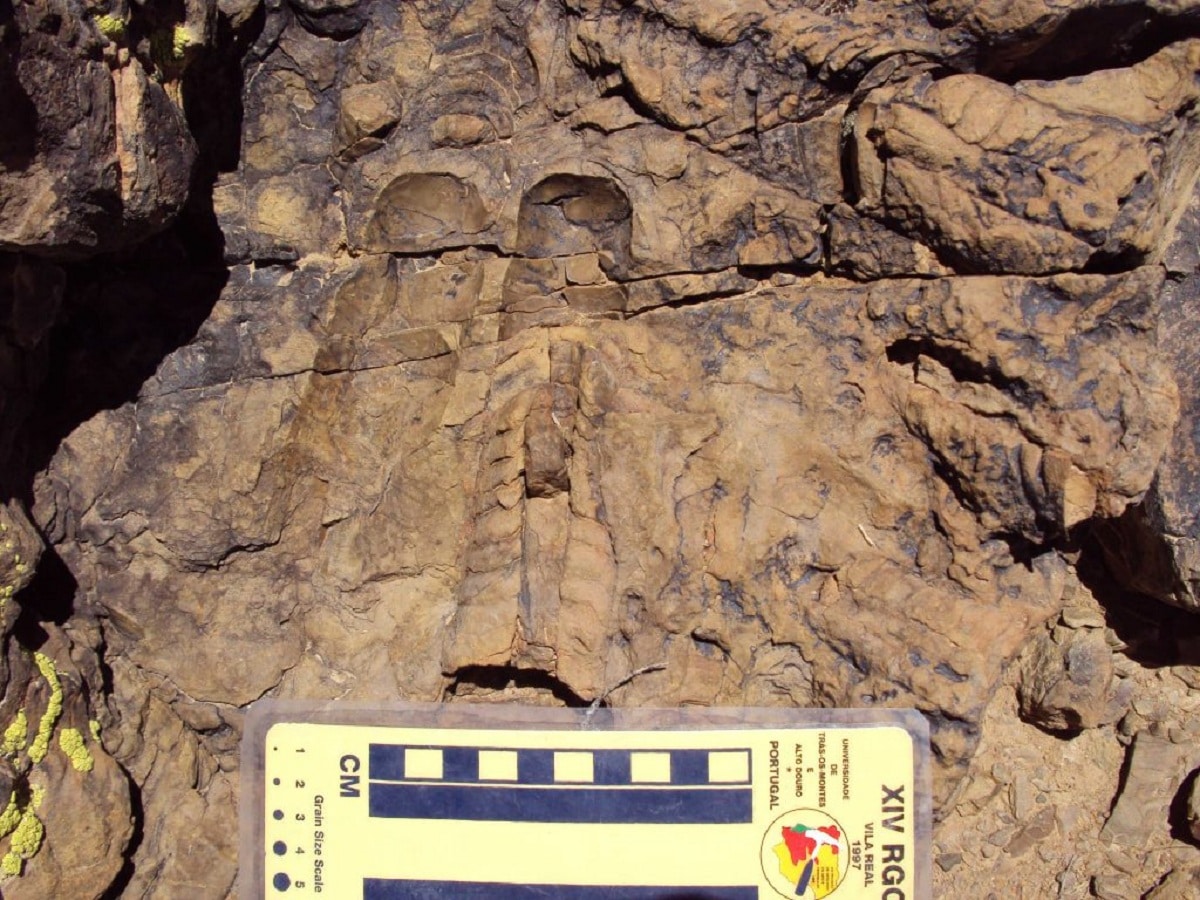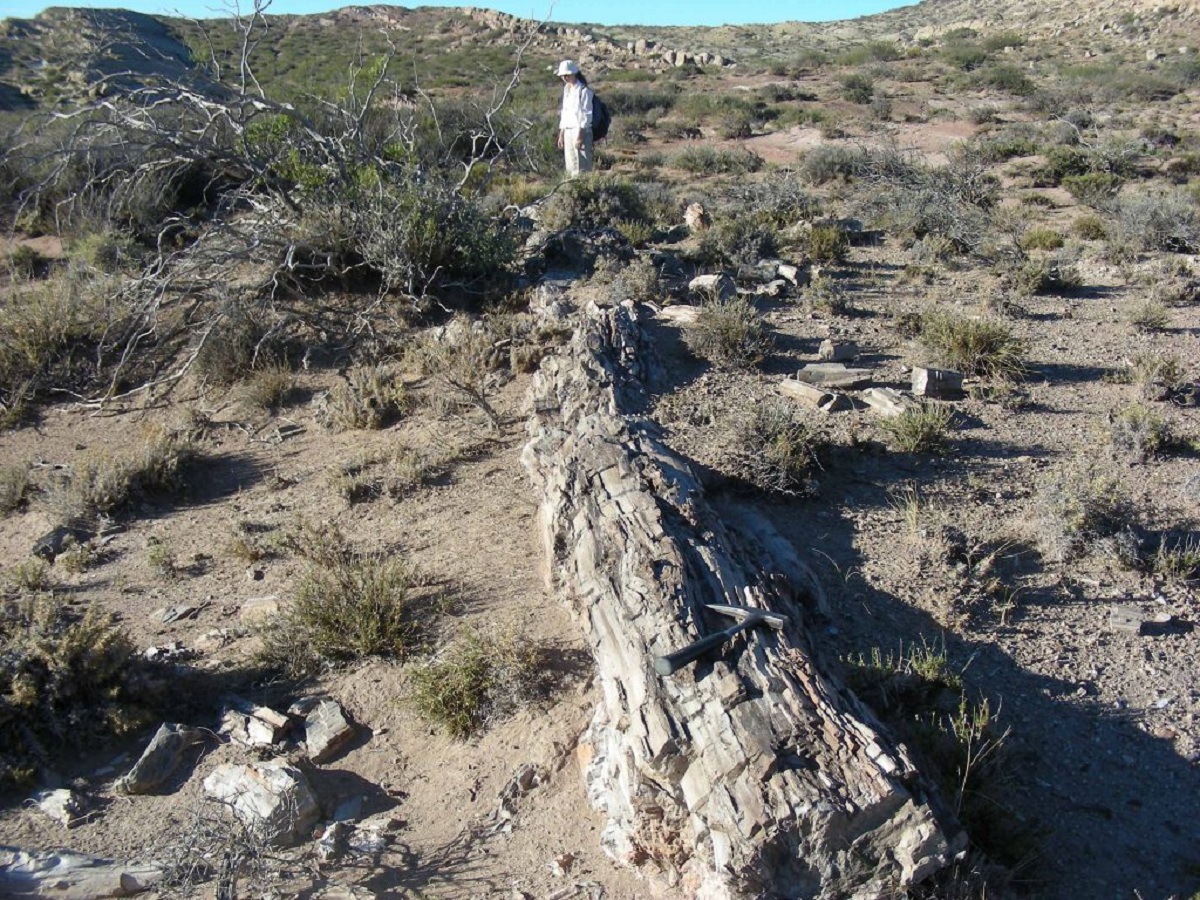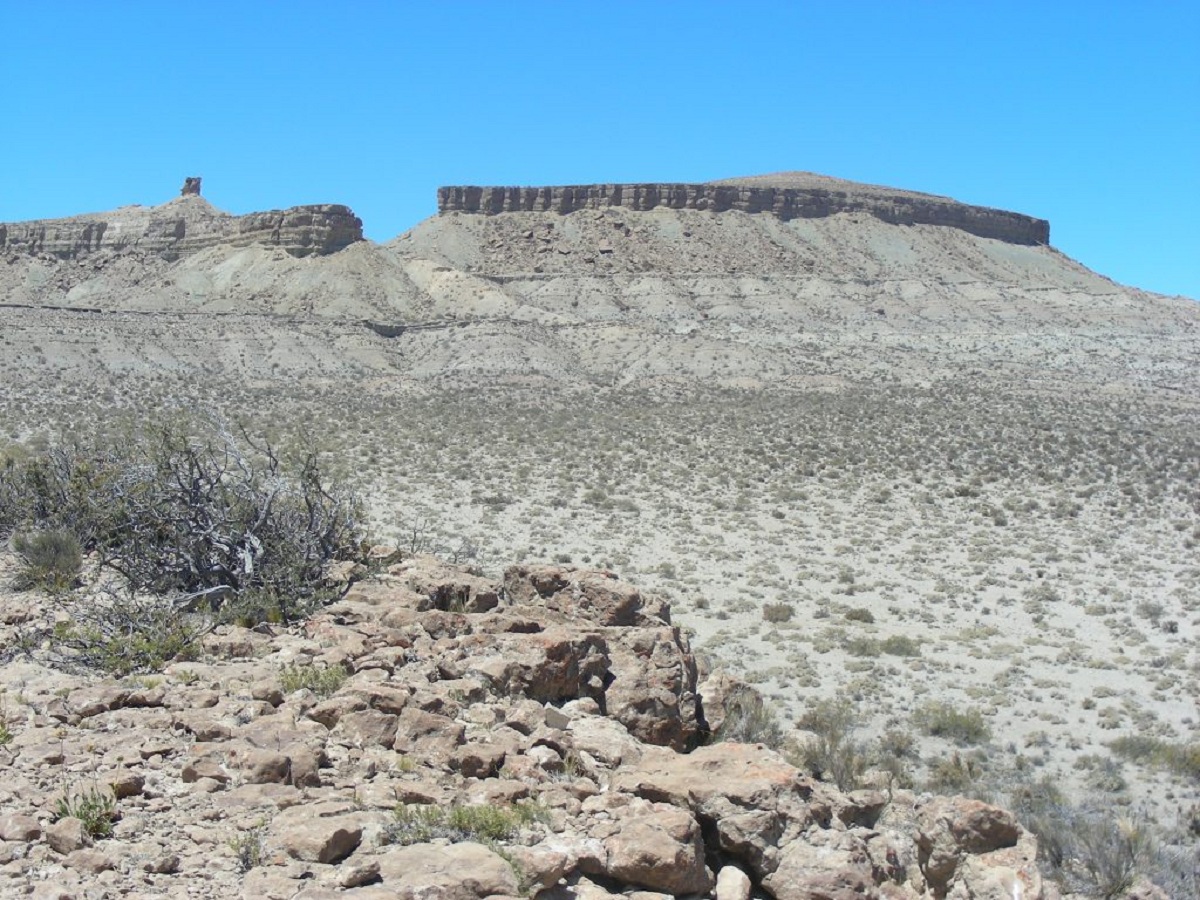
Within geology there is a branch called stratigraphy What it does is study the superposition of strata and give the rocks an age. Within this branch there is another more specialized branch called biostratigraphy. Geologists have been able to establish relative ages of sedimentary rocks thanks to stratigraphic principles and the principle of uniformity. However, in order to construct a global stratigraphic column, another tool is needed to establish the ages of all the different strata of the parts of the world and relate them to each other. Biostratigraphy is responsible for this.
In this article we are going to tell you everything you need to know about this branch of science.
What does biostratigraphy study

This branch of science was born to solve some problems that have been raised when establishing the ages of rocks and the entire global stratigraphic column. The ancient geologists proposed the principle of faunal succession to stratigraphic successions. This principle of faunal succession tells us that lithological units must present a series of fossils characteristic of their age. These fossils not only appear in this unit but must be repeated in one and the other. The most characteristic fossils must be diverse and also appear in the different types of sedimentary rocks.
The most representative fossils are the best ones that serve to capture the relative age of the rocks. These most important fossils are called index fossils. They are also known by the name of guide fossils. These fossils are presented in a way that geographically extends the entire area. They are more common and are usually well preserved. In addition, all species must appear in short periods of time. However, the genre can also occur in a long extended tense.
It must be taken into account that, to have an age of these studies, we must resort to geological time. This geological time is the one that marks the epoch in which the species appear and spread practically in the same space of time. Throughout all of history and geological periods that have occurred on our planet there are those in which great extinctions have occurred globally.
We must contrast the information that the index fossils give us, the facies fossils that are those that appear associated with a specific rock. These fossils have remained almost unchanged for a long period of time.
Biohorizons and biozones

They are two concepts that are established in the branch of science called biostratigraphy. This means that each fossil appears in a specific group of strata. None in rock that is located both in the interior and in the upper part of the stratigraphic column should contain the fossils of this species again. The lithological surfaces are those that limit the presence of a fossil and are called biohorizons. As its name suggests, it is indicating the area in which that fossil existed independently of the rest.
There are two types of biohorizons. On the one hand there are those of first appearance and, on the other hand, those of last presence. Normally a species evolves and little by little ceases to be present. The differentiations that these species usually have follow an evolutionary path. If it is analyzed by means of the horizons, it can be seen what is diffuse. However, on some occasions they were mass extinction processes, as we have mentioned before, which cause many groups of both animal and plant species to be eliminated in a short period of time. An example of this is the great extinction of the dinosaurs that marks the end of the Cretaceous period.
Biohorizons are those that mark mass extinctions and are much clearer. On the other hand, we have the biozones. These are those lithological units that present an index fossil or a paleontological content of great importance. We have some types of biozones:
- The biozones as a whole are those that represent the association of several fossils naturally within a stratigraphic section.
- tension biozones are those that correspond to the biozones that are expanding horizontally or vertically. They mark differences between strata.
- The peak biozones they are those that mark the maximum abundance of a species, genus and even family. These are more specialized.
- Interval biozones are those that represent the rocks between two biohorizons of different fossils.
Importance of geological time in biostratigraphy

This geological time is present in all stratigraphic studies. Biostratigraphy was the best tool that helped us to treat the age of the rocks in a relative way. All sedimentary rocks at a global level have been treated and, in addition, it helped to build the world stratigraphic section. All data are relative and did not say anything about the age of the Earth. Therefore, scientists will try to calculate this age using biostratigraphy.
There are many experiments and scientists who have given different opinions to be able to calculate the age of our planet. These experiments created a lot of controversy and debate, such as some that propose that the planet Earth was only 75.000 years old. The matter could finally be settled with radiation research and radiometric swimming experiments. In this way, the content of radioactive elements and their disintegration into other elements have been studied. This has been possible thanks to calculating the absolute age of volcanic rocks thanks to stratigraphy.
This calculated age is added to the relative scale and the geologic time scale that we know today is created. This scale is the one that marks the information of our planet approximately about 4.600 billion years ago and the appearance of the first rocks that are still preserved for about 3.600 billion years.
As you can see, fossils are a great tool for learning about the history of our planet. I hope that with this information you can learn more about the great utility of biostratigraphy.